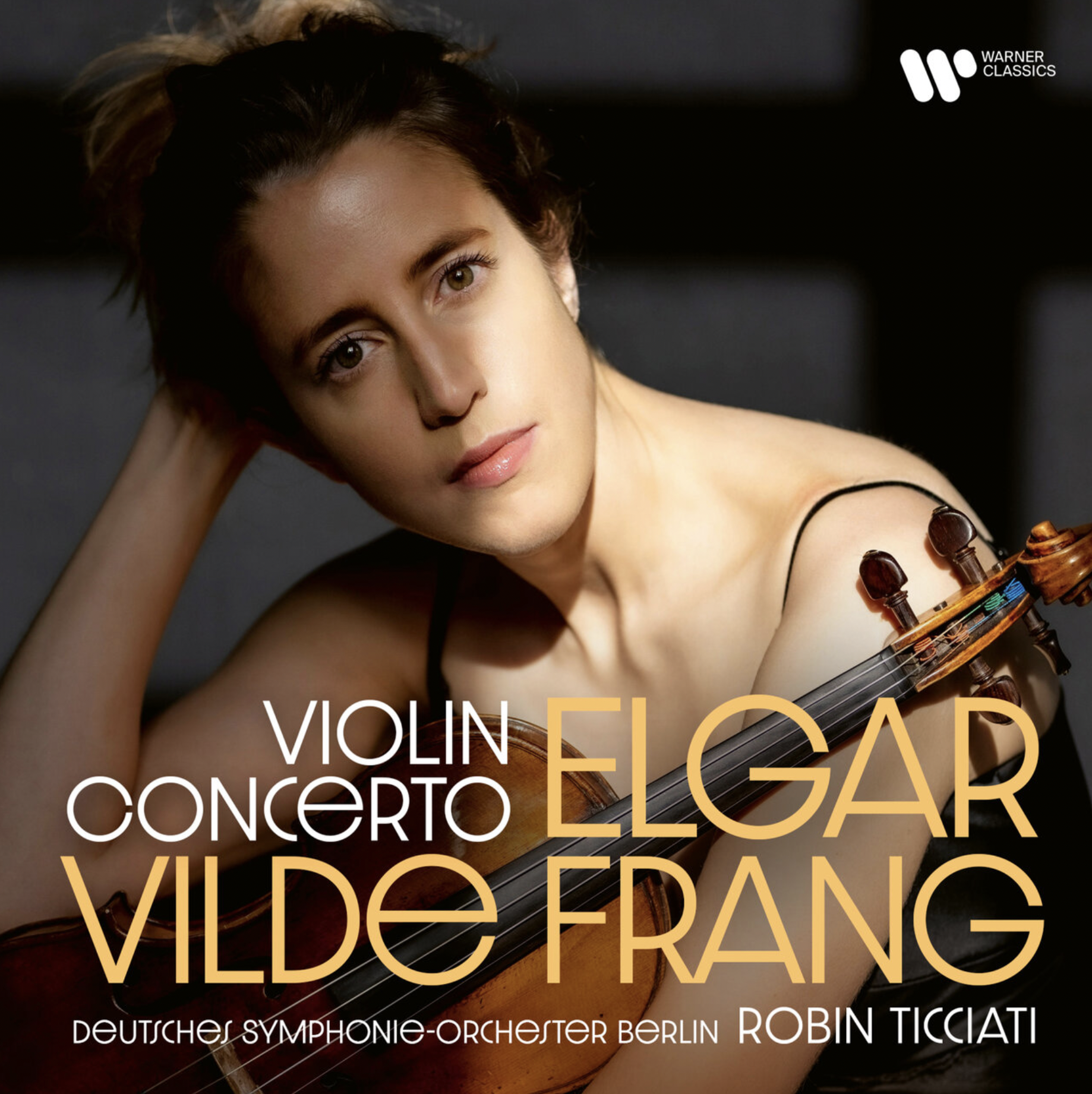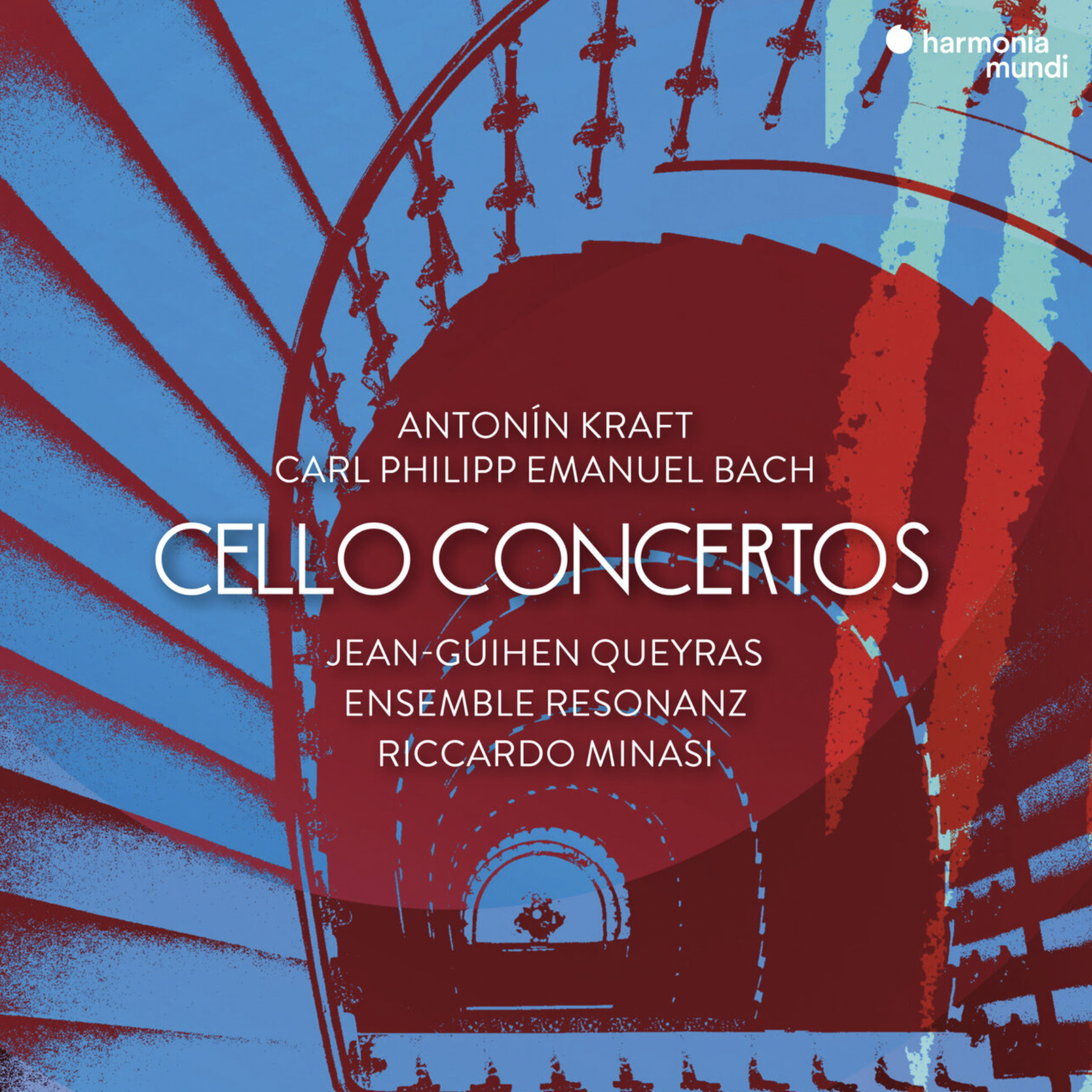Welcome to this month’s Classical Choices. Whilst it’s rather sad to say goodbye to the summer, Autumn does at least bring the excitement of a new musical season. For music journalists, this means a busy time. I’m compiling this month’s playlist from Hannover, where I’m reporting on the Joseph Joachim International Violin Competition. Last night I was in Windsor Castle’s Waterloo Chamber watching the hugely gifted winner of the 2024 Windsor International Festival Strings Competition, Canadian-Korean cellist Andrew Byun, perform Dvořák’s Cello Concerto for the festival with the Royal Philharmonic Orchestra – the first of several UK concerto appearances attached to his First Prize.
More awards will be bestowed next week in London at the 2024 Gramophone Awards. If you do happen to be passing through London, know that Sir Antonio Pappano has just officially stepped into his new role as Chief Conductor of the London Symphony Orchestra, and if their season-opening concert featuring Holst’s The Planets and Elgar’s Violin Concerto with violinist Vilde Frang is a sign of things to come, then it seems the LSO has just entered a new golden era.
It’s Frang’s new recording of the aforementioned Elgar concerto that begins this month’s new releases – not with the LSO and Pappano, but the Deutsche Symphonie-Orchester Berlin and Robin Ticciati. We then move to a remarkable duo album from young violinist Daniel Lozakovich and one of the piano greats, Mikhail Pletnev. The playlist is brought to a dancing Classical-era conclusion courtesy of cellist Jean-Guihen Queyras, Ensemble Resonanz and Riccardo Minasi, with an unjustly forgotten cello concerto by the dedicatee of Haydn’s D major Cello Concerto, Antonín Kraft.
In the context of all that strings-led repertoire, I’ve decided to open our playlist with Beethoven’s own piano transcription of his Violin Concerto, performed with considerable style in 1969 by Peter Serkin with Seiji Ozawa and the New Philharmonia Orchestra. I’ve given you their central Larghetto and concluding Rondo.

Elgar Violin Concerto
Vilde Frang, Deutsche Symphonie-Orchester Berlin/Ticciati
Warner Classics
Edward Elgar wrote his Violin Concerto just after his First Symphony and concurrently with his Second Symphony. It was, in a sense, a commission from the violin virtuoso Fritz Kreisler, who in 1905 had suggested that Elgar write ‘something for the violin’. A formal commission then came in 1909 from the Royal Philharmonic Society of London. It seems doubtful that either the society’s members or Kreisler – who premiered the work in 1910 at London’s Queen’s Hall, with its composer conducting – had expected a work of the symphonic scale that Elgar had produced, and simultaneously so passionate and enigmatic:
50 minutes in length, with multiple themes being developed, combined and recalled; muscular thrust interspersed with dreamy suspension, and noble romance contrasted with puckish virtuoso fire. Throughout, the sense of a wistful question hovers in the air, perhaps connected to Elgar’s mysterious dedication at the top of the score, ‘Aquí está encarrada et alma de…’ (‘Here is enshrined the soul of…’) – believed to refer to a younger married woman with whom he was briefly infatuated (Alice Stuart Wortley, the daughter of the Pre-Raphaelite painter Millais, whose works include the famous Ophelia).
The fact that both concert performances and tip-top recordings of this masterpiece are comparatively rare is probably down to both its length and multi-layered complexity. For all its old-school beauty, it can be hard work to get a firm handle on at first hearing. If any recording is going to win it new admirers, however, it’s Vilde Frang and Robin Ticciati’s with the Deutsches Sumpgonie-Orchester Berlin.
Their first movement plays out as a brilliantly handled push and pull between rhythmically forwards-thrusting urgency and serenely floating lyricism, its Kreisler-inspired virtuosity excitingly brought out, along with its warm, wide noblesse. Tempi tend to be slightly faster than a lot of the well-known readings, bringing flowing vitality without a sense of rush, and in the central Andante, an often heart-stoppingly ardent songfulness. Each time a musical idea returns, it does so newly coloured. The colours and dynamics from Frang are limitless. Her final movement cadenza to the accompaniment of thrumming pizzicato strings is spellbinding.
Following the concerto, pianist Thomas Hoppe joins Frang for Carissima, a cloudless 1913 miniature originally written for the New Symphony Orchestra, and in fact the first piece written by a classical composer specifically for a recording. If you’re streaming, you also get the The Gardens at Eastwell ‘A Late Summer Impression’, a similarly serene gem by William Lloyd Webber (father of Andrew and Julian), originally scored for flute and orchestra. I’ve given you the concerto for the playlist, but you’ll be missing out if you don’t look up these two shorts on your own.

Grieg, Franck, Shor-Pletnev, Shostakovich
Daniel Lozakovich and Mikhail Pletnev
Warner Classics
Young violinist Daniel Lozakovich was until recently signed to Deutsche Grammophon, with whom he released some strong readings of the Tchaikovsky and Beethoven violin concertos. His debut on Warner Classics is a chamber duo album with Mikhail Pletnev, a revered pianist 30 years his senior, and a fellow Russian, friend and musical partner since the pair were brought together by Verbier Festival founder Martin Engstroem. The album also represents a first for Pletnev, being his first ever violin sonatas recording.
Genre-wise, we’re in highly expressive, late Romantic territory. The major sonatas by Franck – arguably the crown jewel of this area of the repertory – and Grieg serve as twin pillars, joined by Pletnev’s sonata transcription of US-based Ukrainian composer Alexey Shor’s Violin Concerto No 4 (a piece that was written during the 2021 Covid lockdown, but sounds more early Romantic in its tonal melodicism and febrile expression). Two miniatures complete the offering: more Grieg, in the form of Solveig’s Song from Peer Gynt, and Shostakovich’s Romance from The Gadfly. Within this, there are further binding themes. Pianist-violinist friendships, for one: Frank’s sonata was a wedding present to virtuoso violinist-composer Eugène Ysaÿe, and the Grieg Sonata has expressly been chosen as a homage to the legendary recording by Kreisler and Rachmaninov.
Another theme, which becomes the album’s all-pervasive mood music, is that of heartbreak and hope: Shostakovich’s Romance was a rare piece of uncomplicated sweetness from a composer being crushed by Stalin; Solveig’s Song is an outpouring of tender beauty from a woman abandoned by her lover; the Shor’s circumstances, from compositional context to composer nationality, speak for themselves. It isn’t only Pletnev who has picked up his composing pencil either: the transcriptions of Solveig’s Song and the Romance are the work of Lozakovich.
One final friendship-themed point worth knowing is that Lozakovich is newly playing the 1713 Sancy Stradivarius, which for almost 75 years was played by another older generation friend, the legendary violinist and Verbier Festival regular Ivry Gitlis.
On to the musical results, and there’s an exceptionally strong sense of quietly profound musical communion across these readings. There’s also a dark, soft, melancholic expressivity imbued with an inner light – a sort of slavic answer to Schubertian ‘smiling through tears’.
You’ll instantly hear what I mean when you listen to Solveig’s Song. Franck’s Violin Sonata is bestowed with a quietly graceful, sepia-toned wistful beauty that’s very different to the big-blooded Romance it often evokes from musicians; although not without rougher drama – listen to how the Allegro second movement opens with pearly-pure lucidity and control from Pletnev, to which Lozakovich answers with bridge-rattling husky power. It’s both surprising and incredibly effective. The Shor comes imbued with a clean-lined, Mozartian transcendence and perfection which reaches its highest point of sensitivity and beauty from Lozakovich at the cadenza closing its central minuet.
I’ve given you Solveig’s Song and the Shor sonata for this month’s playlist.

Antonin Kraft, Carl-Philipp Emanuel Bach: Cello Concertos
Jean-Guihen Queyras, Ensemble Resonanz, Riccardo Minasi
Harmonia Mundi
Back in 2018, French cellist Jean-Guihen Queyras collaborated with Riccardo Minasi’s period-instrument Ensemble Resonanz for a knockout album pairing two of CPE Bach’s three cello concertos – the ones in A major and A minor – with the Symphony in G major Wq 173. Now they’ve reunited to give us the outstanding Cello Concerto in B flat. Instead of placing it alongside a symphony, however, they’ve invited us to hear it this time in the context of the Classical cello concerto genre. The CPE Bach, a 1753 masterpiece from the dawn of the Classical era, is paired with the much lesser-known Cello Concerto in C major written a full 30 years later in 1804 by Antonín Kraft (1749-1820).
Kraft is best remembered these days as the celebrated cello virtuoso for whom Haydn wrote his Cello Concerto in D major. He also played the cello part in Mozart’s late Divertimento for string trio in E flat major K565, the premieres of Beethoven’s early string quartets, and the solo cello in Beethoven’s Triple Concerto.
His Cello Concerto in C major is one of only a few of his own works that he published, and it’s a total joy: full of songful melodicism, often in the cello’s highest registers, sometimes with a crowd-pleasing folky flavour to boot, and playing with panache to his formidable technique.
You might hear the ghost of his old friend Haydn’s C major Cello Concerto over its central Romance, if you’re not too busy enjoying Queyras’s graceful voicing, the gorgeous chamber dialogue happening from the horns and woodwind, and the gently operatic drama Minasi injects into its overall flow.
The dancing Rondo alla Cossaca finale is then performed with a fabulous combination of sunnily en pointe delicacy and swagger, Queyras making neatly, sweetly songful work of its rapid string crossings and scampers up and down the fingerboard.
The CPE Bach concerto – written, according to a letter from the Hamburg music seller Johann Christoph Westphal ‘for a friend in Cádiz’ before Bach deemed them ‘too difficult’ for him – is given an equally enjoyable and elegantly sensitive performance. I’ve given you the Kraft.


















